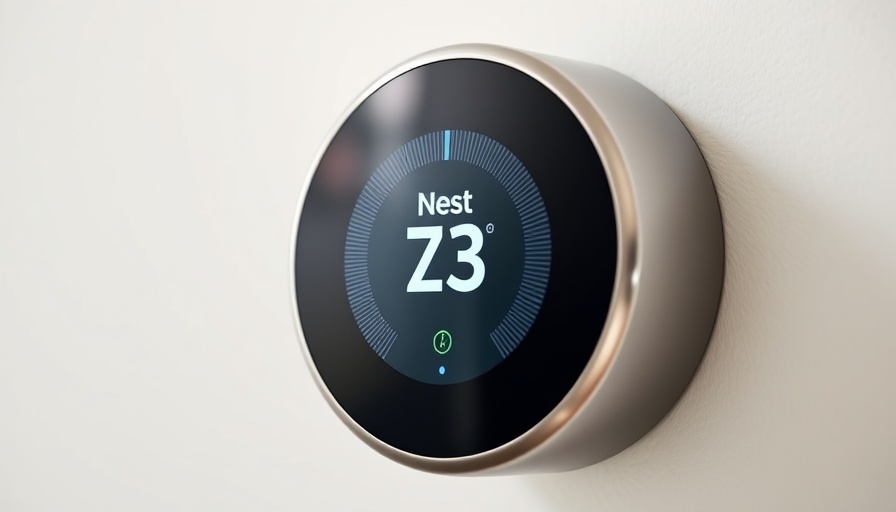
Google's Decision to End Support for Older Nest Thermostats
As of October 25, 2025, Google's commitment to its first and second-generation Nest thermostats will come to an official close. For those who have relied on these devices since their initial release in 2011 and 2012, the end of software updates marks a significant shift in functionality. Gone will be the conveniences that have defined the smart-device trend—remote access via smartphones and automated features will cease to exist.
What Happens When Support Ends?
While users can still manually control their thermostats post-update, their smart capabilities will diminish drastically. Control through the Nest or Google Home apps will no longer be available. For tech enthusiasts who valued the ability to adjust settings from anywhere in the house or while on the move, this change represents a regression in user experience. As smart home devices integrate into daily life, the loss of such features can be disheartening.
The Shift in Google's Market Strategy
The disbanding of support for older models also coincides with Google's broader market strategy. The company has decided to exit the European market for Nest thermostats entirely, citing the complexity of heating systems across different countries as a key challenge. Unlike the U.S., where thermostatic needs are more homogeneous, European systems vary widely from radiators to combi boilers. Rather than adapt its products to fit this diverse landscape, Google has opted to pull back its offerings.
Incentives for Upgrade
To cushion the transition, Google is incentivizing U.S. customers with a substantial $130 discount on the fourth-generation Nest thermostat. This price cut brings the total cost down significantly, potentially encouraging long-time users to upgrade. For residents of Canada, the discount is even better at $160, but European consumers looking for a replacement are presented with different alternatives. Google has partnered with Tado, offering a 50% discount on their Smart Thermostat X instead.
The Future of Smart Home Devices
The move raises questions about the direction of smart home technologies. As more users invest in devices that require ongoing software support, the reliance on updates and connectivity becomes paramount. The sunset of older Nest devices could serve as a catalyst for discussion surrounding digital sustainability and the need for manufacturers to consider longevity in their product lifecycle.
Conclusion: Time for Users to Adapt
In the face of these changes, Nest users face an important decision regarding their future smart home experiences. Those who value the conveniences that technology provides may need to adapt sooner rather than later. Whether that means investing in a new thermostat or exploring alternative options in the smart home market, staying informed and agile will be essential as technology continues evolving.
 Add Row
Add Row  Add
Add 




 Add Row
Add Row  Add
Add 
Write A Comment